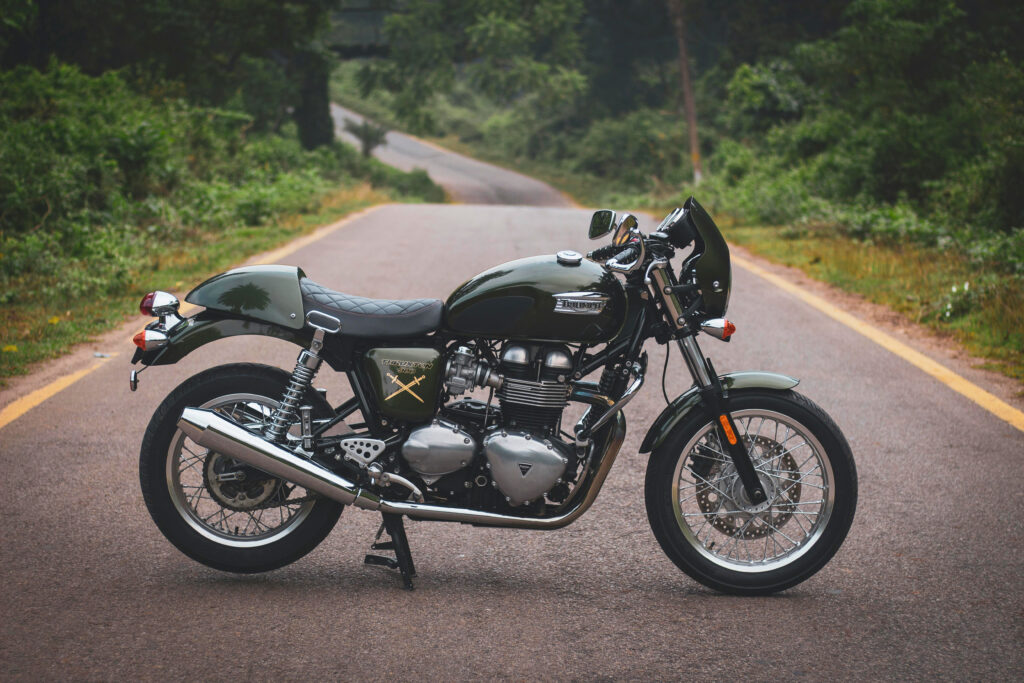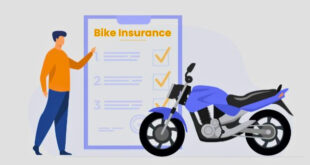Motorcycle enthusiasts often face a common dilemma: Why is bike insurance significantly more expensive than car or other vehicle insurance? In this article, we delve into the various factors contributing to the higher costs of bike insurance and provide insights and strategies to help mitigate these expenses.

Understanding the Higher Costs of Bike Insurance
Comparison with Other Vehicle Insurance
When it comes to vehicle insurance, motorcycles often incur higher premiums than cars, trucks, and SUVs. On average, motorcycle insurance can be significantly more expensive, especially for high-performance or new bikes. Factors such as the higher risk of accidents and theft contribute to these elevated costs. Unlike cars, motorcycles offer less protection to riders, and the likelihood of severe injuries is greater, necessitating higher coverage and, consequently, higher insurance premiums.
Key Risk Factors Contributing to Higher Costs
Several specific risk factors contribute to the higher cost of bike insurance:
- High Theft Rates: Motorcycles are more susceptible to theft due to their size and ease of concealment. Insurance providers face higher potential payouts for stolen bikes, leading to increased premiums.
- Accidents: Motorcyclists are statistically at a higher risk of being involved in accidents. Factors such as road conditions, weather, and the behavior of other drivers contribute to this increased risk. The potential for more severe injuries in motorcycle accidents also plays a significant role in driving up insurance costs.
- Rider’s Age and Experience: Younger and less experienced riders are more likely to be involved in accidents. This demographic faces higher premiums due to the increased risk they present. Additionally, new riders lack a driving history, making it challenging for insurers to assess their risk profile accurately.
Detailed Breakdown of Insurance Cost Components
Understanding the components of bike insurance costs can provide clarity on why premiums are high:
- Premium: The base cost of insurance is influenced by factors such as the bike’s value, coverage type, and the rider’s risk profile, including age, experience, and driving record.
- Deductible: The out-of-pocket amount the policyholder must pay before insurance coverage kicks in. A lower deductible typically means a higher premium.
- Coverage Type: Various coverage options, including liability, collision, comprehensive, personal injury protection (PIP), and uninsured/underinsured motorist coverage, directly affect the premium.
- Bike Value: New, high-performance and custom bikes are more expensive to insure due to their higher value and potential repair costs.
- Rider’s Profile: Age, experience, and driving record significantly impact premiums. Younger and less experienced riders generally face higher costs.
- Location: Areas with higher rates of theft or accidents can result in increased premiums.
- Insurance Company Policies and Discounts: Different insurers have varying pricing models, and discounts for safe driving records, completion of safety courses, and multiple policy bundles can lower premiums.
- Additional Coverage Options: Accessory coverage for aftermarket parts, roadside assistance, and trip interruption coverage can add to the overall cost.
Strategies and Solutions for Reducing Bike Insurance Costs
While bike insurance can be costly, there are several strategies to help reduce premiums:
- Increase Bike Security Measures: Implementing anti-theft devices and parking in secure areas can reduce the risk of theft, leading to lower insurance costs.
- Choose a Higher Deductible: Opting for a higher deductible can lower the premium. Ensure you have sufficient savings to cover the deductible in the event of a claim.
- Compare Insurance Providers: Investigate different insurance providers and compare quotes to find the best rates for the coverage you need.
- Maintain a Clean Driving Record: Demonstrating responsible riding behavior and completing a motorcycle safety course can qualify you for discounts.
- Bundle Policies: Combining motorcycle insurance with other policies, such as home or auto insurance, may qualify you for multi-policy discounts.
- Regularly Review Coverage Needs: Adjusting coverage types and limits based on the bike’s value and usage can help reduce unnecessary costs.
- Inquire About Discounts: Ask about available discounts for safe driving, loyalty, or membership in certain organizations.
- Avoid Modifying the Motorcycle: Aftermarket changes can increase insurance premiums.
- Consider Seasonal Insurance: If the bike is only used part of the year, seasonal insurance can save on costs during months when it’s not in use.
Real-World Examples of Cost Reduction
Several case studies highlight how specific risk management strategies can reduce insurance costs for motorcycle owners:
Case Study 1: Enhancing Security
A rider in a high-theft area invested in a comprehensive motorcycle security system, including GPS tracking and an alarm. This significantly reduced the risk of theft, leading to a 15% decrease in their insurance premium the following year.
Case Study 2: Completing Safety Courses
A young rider completed an advanced motorcycle safety course, demonstrating a commitment to safe riding practices and enhancing their skills. As a result, they qualified for a 10% discount on their insurance premium, reflecting the lower risk profile associated with experienced and well-trained riders.
Case Study 3: Opting for a Higher Deductible
A motorcycle owner living in a region with a high accident rate opted for a higher deductible on their insurance policy. Despite the initial out-of-pocket increase in case of a claim, this decision led to a 20% reduction in their annual premium, making insurance more affordable while maintaining adequate coverage.
 Start Businesses Turning Ideas into Profitable Realities.
Start Businesses Turning Ideas into Profitable Realities.
